Probably, it is worth starting with the fact that the brakes are a guarantee of not only your safety, but also the security of your passengers, but also the same participants of the movement, like you.
Content
Brake fluids, the principle of choice
In order for your trip to do not give you trouble, and even at all, did not become fatal, you need to take care of the effectiveness of the braking system.

What makes the efficiency of the brake system: we will understand.
Good brakes are good care for the brake system.
What should I do for this:
• to change brake pads on time;
• Monitor the serviceability of the manual brake:
• timely pumping the brake system at the slightest appearance of brake pedal failures;
• Do not allow leaks in the brake system;
• monitor the level of brake fluid in the main cylinder tank;
• prevent the leaks of the brake fluid in the working cylinders;
• In time change brake fluid;
• Pour the brake fluid of the desired brand and the desired quality.
It seems from all that it shows that it is the brake fluid that can either ensure normal operation of the braking system, or the same fluid can bring a lot of trouble, and even at all - trouble.
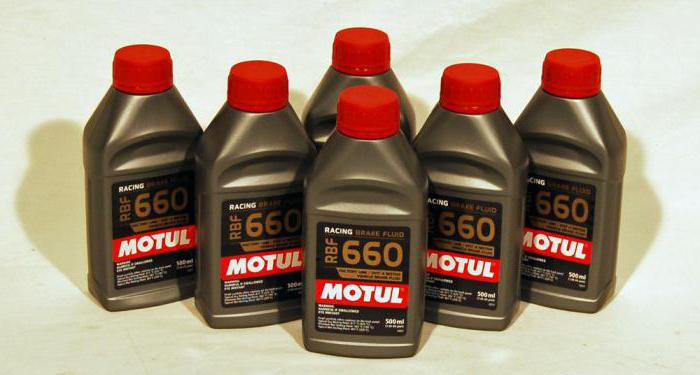
Standard DOT: its main parameters.
Main parameters:
1. viscosity;
2. Boiling point.
The brake fluid should not be too viscous, to avoid deterioration (deceleration) of the triggering of the brakes and accurate dosing of the brake force.
There is one more standard: SAE J1703, but it is applied less often.
What brake fluid is better
What is the best liquid? This question is asked by many car owners.

Answer: There is no such fluid.
Important!
To understand what fluid is needed for the brake system of your car, you must, first of all, look into the instruction manual.
Not every brand of fluid is suitable for a car, and moreover, the parameters for the selection are many - Russian technical conditions, for example, for this fluid indicate 15 quality parameters.

The manufacturer orients the consumer to the following tests:
• on viscosity. Such a check is carried out in two test modes: at -40 ° C, and at 100 ° C.
• on rust.
• on the interaction of rubber elements of the brake system (mainly hoses and cuffs). Rubber parts should not become a sticky. In addition, the brake cuff cuffs should not swell or shrink.
• Stable condition of fluid at high temperatures.
• Water compatibility.
• Evaporability, etc. - Parameters for testing a lot.
once again about choosing brake fluid
The liquid is tested for the boiling point already mentioned.
The fluids are divided into two categories in the content of moisture in it.
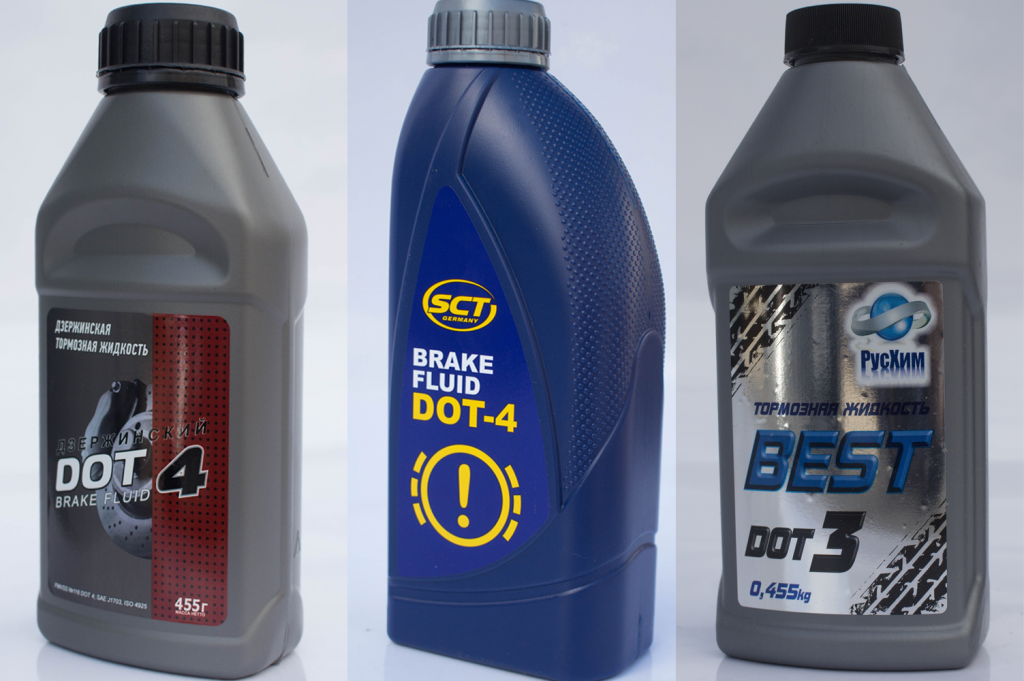
Categories:
1. "Dry". This is a new liquid.
2. With humidity more than 3.5%. This liquid has been in operation for two years.
Then, you should pay attention to the estimated temperatures in which your car will be in operation. It is these temperatures that should be signed on labels in filling with liquid.
Important!
The best landmark is and will be what is indicated in the passport for the car!
We should not forget that the packaging should be "branded", that is, made of high-quality plastic - the left goods in good plastic are not failed.
And, of course, it is worth unscrew the cover on the bottle and make sure that the presence of a foil seal.
DOT-4 and DOT -5.1
Since in case of emergency braking, brake pads, and also discs (drums) are heated to quite high temperatures (up to 1100 ° C), and the liquid, respectively, to 200 ° C, then to maintain the stable characteristics of the brake fluid, need some "margin" of temperature.
Consider two liquids:
• Dot-4. Its boiling point is more than 230 ° C ("dry" liquid). The temperature of the moisturized fluid is already 155 ° C.
• Dot -5.1. Here, the parameters are over 260 ° C, and over 180 ° C, respectively.

Of all the above, it is easy to understand that water in the brake fluid can serve as a bad service.
Important!
With sharp emergency brakes, water boils and creates air traffic jams in the system!
Here comes the very moment that all the drivers are so afraid of both newcomers and more experienced: the brake pedal fails, or as they say, "falls".
The "drop" of the pedal does not promise any good, especially on high-speed highways with intense movement.
Periodicity of brake fluid replacement: Most manufacturers recommend.
The fluid must be changed periodically, no matter how much the car is exploited. Anyway, the liquid is a hygroscopic substance, and the moisture will still appear in it, even if the car was simply stored in the garage or on an open parking lot.
Important:
All this above speaks only one thing: the fluid is subject to its full replacement (and not just a plot to the level) every two years! Completely independent of the car's mileage!
Mixing brake fluids
So, it will be about the main three standards:
1. Dot-3;
2. Dot-4;
3. Dot -5.1
These fluids are made from very similar components, therefore, they are, in principle, can be mixed.
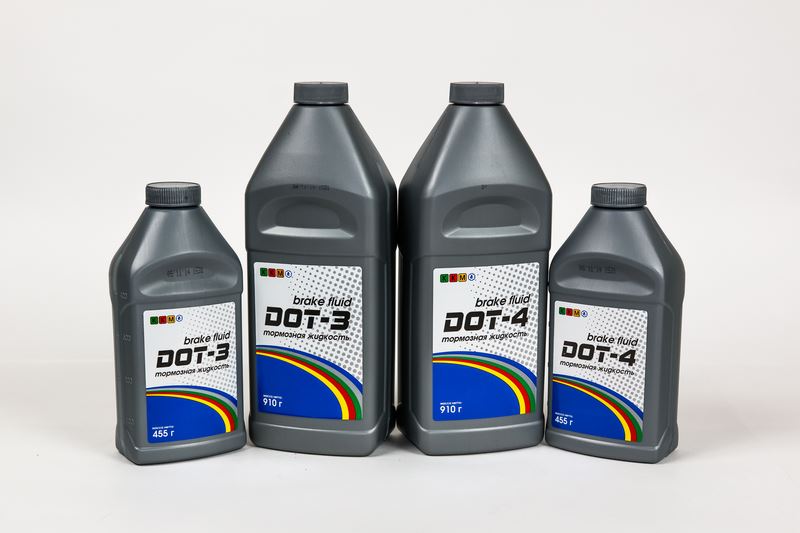
Nevertheless, it is possible to mix them only in extreme cases when there is simply no other exit.
Important!
It is better to replace the entire liquid in the brake system.
The complete replacement of the fluid is not problem, since it contains it in the brake system, as a rule, from 0.5 to 1l. At the modern service station it takes up 10 minutes.
Leakage brake fluid, what is the problem
When the fluid in the system is not enough, it must be addressed. But before doing this, you need to find out the reason for this leak.
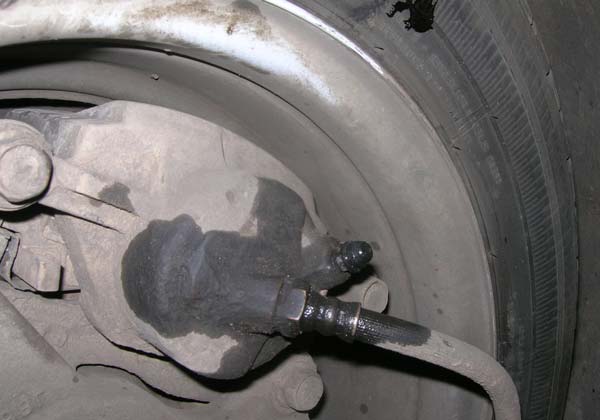
As for the mixing of liquids during a tap, then a third-party fluid should be no more than 10% of the total amount filled into the system.
Important!
If you saw a stain from the brake fluid under your car, you need to check the entire brake system!
And one more, old as the world, a farewell: before each departure, vigorously click on the brake pedal, making sure that the "hard" pedal.
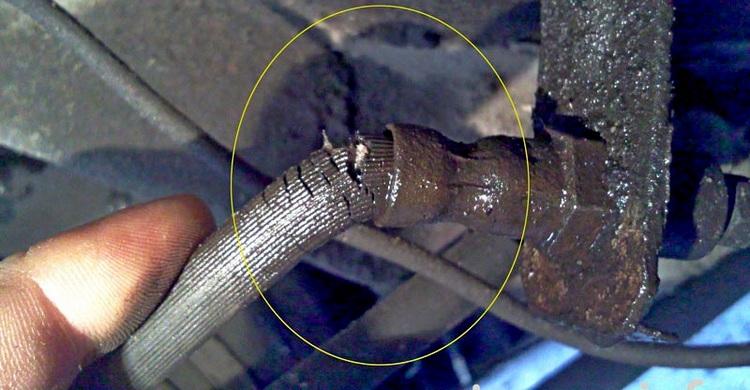
And after you have left the garage, or another place of storage of the car, make a pair of sharp braking at a small speed of movement.
In conclusion, it is worth saying the following. From what liquid you will board in the brake system, how carefully you will follow the brake system, and how often you will change the liquid - your life, as well as the lives of your passengers and all participants in the movement!
Smooth roads and trouble-free driving!
Related Materials
- Stove 2110, bad warm stove 2110, VAZ 2110 heating system, repairing the heating system VAZ 2110 with their own hands
- VAZ 2114 stove blows with cold air, stove 2114, bad warm stove VAZ 2114, device and repair of heating VAZ 2114 do-it-yourself, removing the stove VAZ 2114
- How to subdominize the car. How to put a jack. Types of jacks for cars.
- VAZ 2109 Fuse Block, VAZ 2109 Fuse Block Carburetor, VAZ 2109 Fuse Block Injector, Old VAZ 2109 Fuse Block, VAZ 2109 Fuse Block, VAZ Fuse Block 2109
- Car exhaust gas catalyst, faulty catalyst, pluses and cons of the catalyst, how to change the catalyst on the planeencitel
- Stove blowing cold air VAZ 2114, badly blowing the stove VAZ 2114, why badly blowing the stove VAZ 2114
- How to find out the owner of the car by the number of his car, check the car by the number of the traffic police machine, check the car by the state number of the car for free
- How to choose Used tires, Useful Tips
- Winter car road, pressure in passenger car tires in winter, good battery for the car in winter, whether to warm the car in winter
- In winter, the car is poorly started. How to make a car in winter, do you need to warm up the car in winter, useful tips
- Economy fuel consumption machines, the most economical car consumption
- Tires brands for passenger cars, labeling of car tire labeling, residual passenger car tire protector, how to pick a tire on a car brand, car tire tread pattern
- Working transmission operation, mechanical gearbox clutch work, driving with manual gearbox, useful tips
- Rear beam Peugeot 206 sedan, rear beam device Peugeot 206. Rear beam Peugeot 206 Malfunction, repair of the rear beam Peugeot 206
- Diesel fuel in winter, additive for diesel fuel in winter, how to choose the best diesel fuel
- Diesel winter does not start. How to start diesel in winter, heating diesel in winter.
- Japanese bridgestone tires, winter studded bridgestone tires, bridgestone tires brand
- Tire marking decoding for passenger cars, labeling wheels, how to choose the right tires on the disks
- Diesel engine in winter, launch of the diesel engine in winter, what oil to fill in a diesel engine in winter, useful tips
- LED backlight of the car, the backlight of the bottom of the car, the backlight of the legs in the car, the backlight in the door of the car, the backlight of the car is fine
- Recovered tires, bus tire, restored tire protector, can I use them
- Choose winter tires, which is a winter tires, which pressure in winter tires should be marked with winter tires, how to choose the right winter tires, the best winter tires 2019
- Steering rail rail, knock of steering rack, reasons for the knock and repair of the steering rack do it yourself
- Cameless car tires, a set for repair of tubeless tires, repair of the cannon-free tire do it yourself
- Russian tires, Russian tires Winter, Russian All-season tires, Voronezh AMTEL tires, Tires "Matador Omsk Tire", Kama-tires are world-class bus
- How to open a car without a key. Lost the key from the car what to do, the key from the car inside the car
- Silent tires, quiet winter tires, quiet studded bus, which tires to choose, overview tires
- Tires and safety, safety of the bus, why it is necessary to constantly monitor car tires
- Rules of safe driving of the car in the rain and slush, safe driving of the car for beginners
- Rust converter which is better for cars, rust converters to choose how to use rust transducer, professionals
- Polishing the body of the car do it yourself, how to choose a polishing paste, useful tips
- Engine durability, engine life, how to extend engine life
- Knock in the car. Knock when moving the car. What can knock in the car. How to determine the cause of the knock.
- ABS car, what is ABS car, ABS system malfunction, ABS diagnostics
- Overtaking a car when you can start overtaking a car, rules of traffic rules
- Fuel pump VAZ 2110, VAZ 2110 gas station scheme, VAZ 2110 fuel pump device, VAZ 2110 gas station repair,
- Automotive antennas for radio, automotive antenna device, car antenna do it yourself
- Front suspension Kalina, device front suspension Kalina, knock in front suspension Kalina, repair of front suspension Kalina
- Shock absorber Oil, best oil shock absorbers, pumping oil shock absorbers, how to properly pump oil shock absorber
- Clutch malfunctions, touches clutch, causes a clutch malfunction, how to eliminate

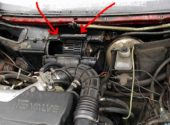
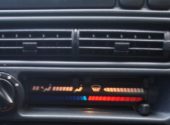
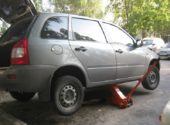
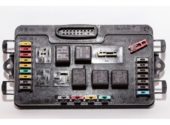
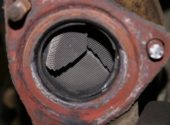
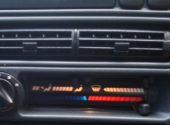
Comments